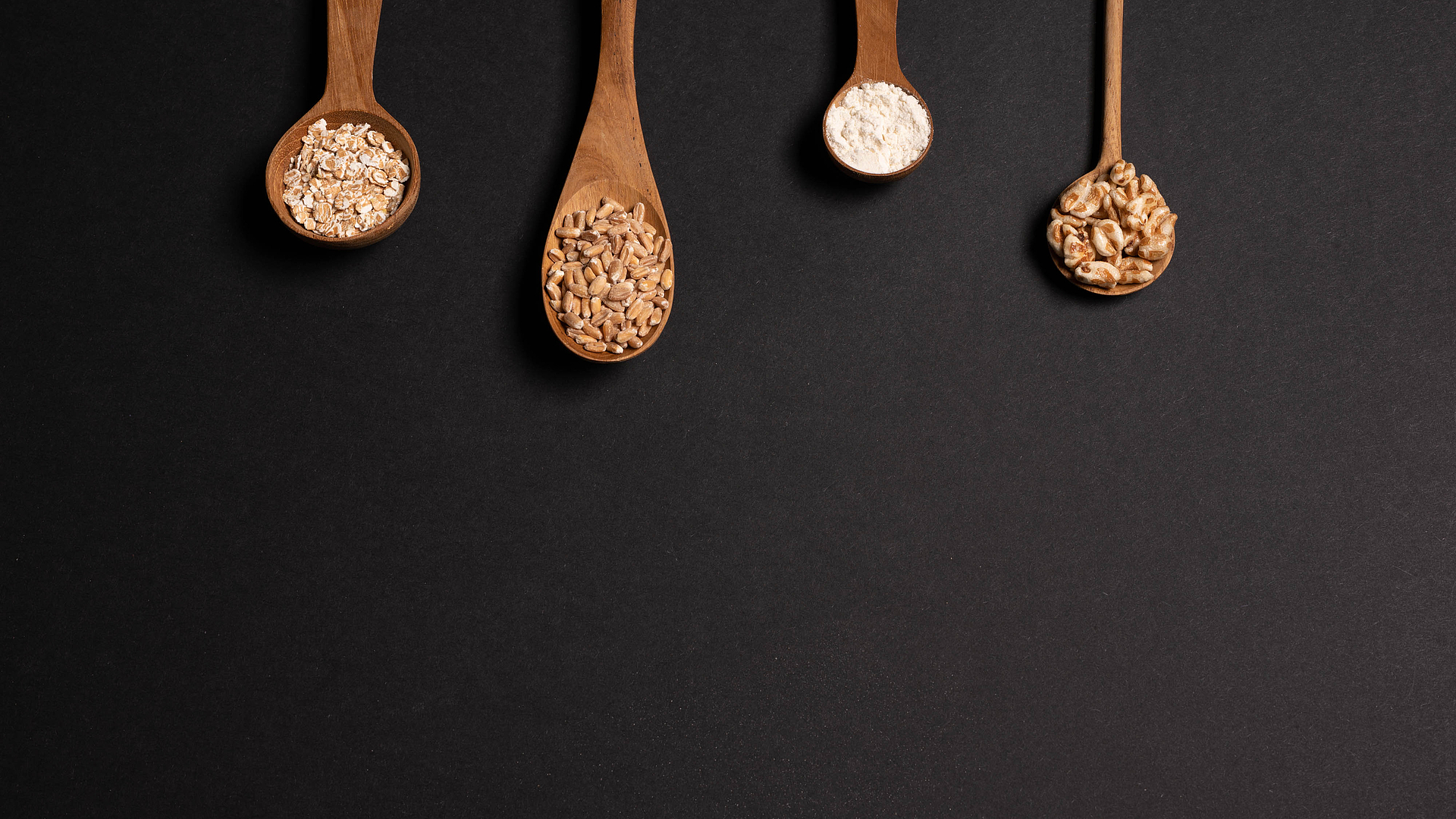
Spelt – the healthy cereal?
Spelt is widely regarded as a healthy alternative to wheat because many people are becoming increasingly intolerant to wheat products. Why is spelt so healthy and why is it currently experiencing a revival? Read on to find answers to these questions and tips on how to prepare this ancient wheat variety.
Rediscovering an ancient wheat species
This ancient wheat species was cultivated several thousand years ago in what is present-day Armenia. However, as cultivating spelt required a great deal of time and effort and yielded less than wheat, for example, it was replaced by other cereals over time and fell into oblivion.
In the 1980s, it underwent a revival and has been cultivated more and more ever since, for example in Germany, Austria, Belgium, Finland, Spain and Switzerland. Spelt can perfectly withstand lower temperatures and is sown until mid-November. It is harvested from late July until late August, and if harvested before it is ripe, it is known as “green spelt”.
Thanks to its thick outer husk, spelt is naturally resilient and protected against the elements, pests and pollutants from the air. However, this husk is inedible and must be removed before milling. Dehusked and milled spelt grains can be prepared the same way as rice and have a sweet, nutty flavour.
Filling, wholesome and well tolerated
Spelt is said to be healthier than its overbred successor, wheat. This basic foodstuff provides ideal nourishment for children and an energy source when practising sport. Even early nutritionists such as Hildegard of Bingen knew that spelt was oily, strong and easier to tolerate than wheat. In her Middle Age teachings, she also claimed that it has a positive effect on the mind.
This is due to the grain’s high protein content, among other things. It ensures positive blood values and helps to burn fat. Spelt also contains vitamin B to stimulate the metabolism and aid digestion. Moreover, the quality of its amino acids and fatty acids is particularly high. Thanks to these properties, spelt is recommended for losing weight and preventing diseases, such as heart disease.
Puffed, boiled or roasted
Spelt is most commonly used as a flour to make bread, pasta or pizza dough, but there are many other ways that you can incorporate spelt as a staple food into your daily diet:
- Spelt rice can be found in many organic shops. Like risotto, you need to soak these dehusked and milled spelt grains in cold water for a few hours before preparing them.
- Spelt can also be used for making various drinks. For example, you can make spelt coffee out of roasted spelt, beer out of spelt malt, and spelt milk as an ideal substitute for vegans and people who are lactose-intolerant.
- Puffed speltmakes a great breakfast cereal or a crispy topping, and you can either make it yourself or buy it ready-packaged in the supermarket.
Spelt is not only healthy, it can also be used in a variety of ways. Now that this locally cultivated superfood is being grown more and more, it can be found in numerous formats in almost any supermarket.